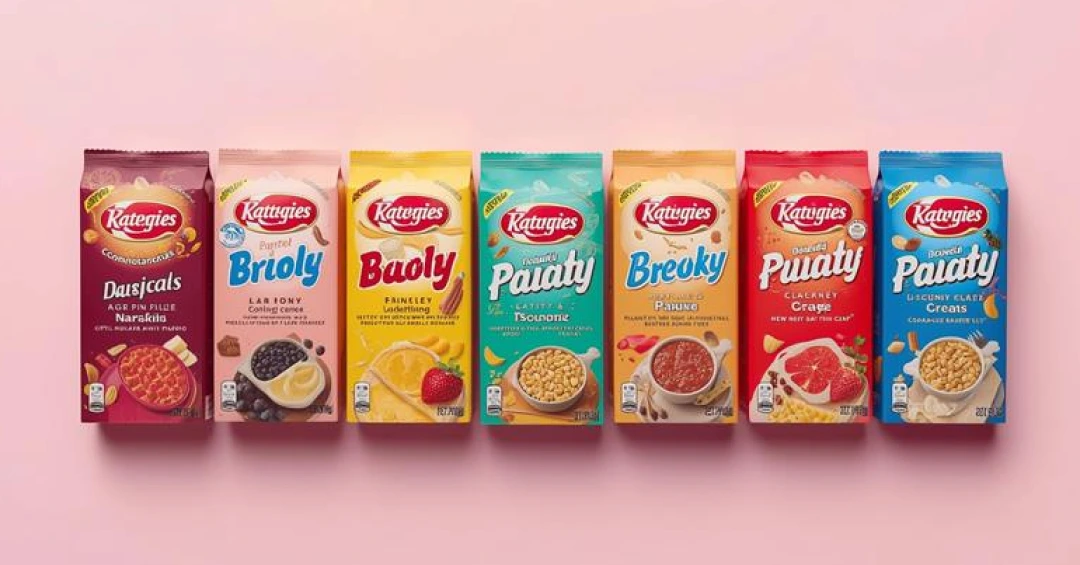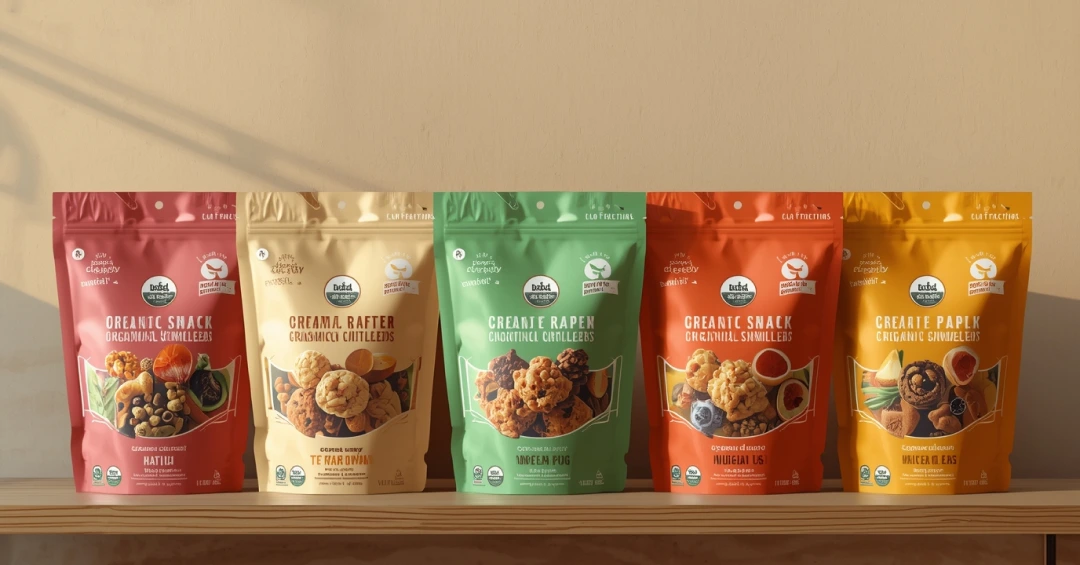Parameters like productivity, quality, compliance, traceability, turn-around-time, and customer experience are becoming critical as the business landscape becomes global, and distributed. However, as competition intensifies, brands are forced to consider accelerating processes that not only get products to market faster but also help them unlock untapped revenue streams.
Industries such as CPG and Pharma are navigating increasing competition and a growing volley of regulations as they expand their footprint across geographies. Brands need to mitigate the unique labeling and packaging requirements and navigate regulatory requirements.
Optimizing processes like packaging artwork management increases brand responsiveness to market demands and unlocks untapped revenues.
Packaging artwork is often viewed as a compliance hurdle but can be a key player in unlocking untapped revenue streams. Here is how:
Boost Opportunity by Improving Efficiency
Manual approval cycles involve hunting for information hidden in emails or paper-based documents. This heavily impacts the go-to-market velocity. Such processes also increase inconsistencies and mistakes and compromise emerging revenue opportunities.
Streamlined artwork management reduces manual processes, simplifies the artwork approval cycle, and increases the overall efficiency of this process.
Artwork management tools enable better collaboration and communication between designers, marketers, regulatory teams, and suppliers. They improve processes and workflows involving the creation, review, approval, and release of the artwork and deliver a unified approach to manage it all from one place.
Artwork management improves the efficiency of the entire artwork management process. Brands can:
- Leverage digital asset libraries to store and organize artwork assets.
- View, compare, comment on, and approve artworks with online proofing tools.
- Automate workflows, manage revisions and ensure regulatory compliance from the outset.
- Create efficient workflows that enable faster product launches.
Artwork management tools remove the silos that impede velocity and ensure that all involved in the artwork management and approval process are on the same page. They can also capitalize on market trends and seasonal demands and make artwork adjustments easily and promptly while ensuring that the packaging is relevant and compliant.

Plug Costs and Re-invest Revenues
Product recalls cost companies billions. The FDA, for example, recalled 30 products in January 2020. Out of this, 18 recalls were because of misbranding and undeclared allergens on product labels.
The cost of a recall extends beyond the financial impact. It damages the brand image and reduces customer trust. Incorrect or missing details on labels can have serious consequences for the consumers as well as the manufacturers.
Organizations in the pharma and CPG space have to manage hundreds and sometimes thousands of artworks based on their product portfolios. Managing different versions of artwork, identifying discrepancies and changes with high precision, and ensuring artwork quality and accuracy are challenging without the right technology support.
AI-driven comparison tools are now essential to help brands analyze and compare different versions of artwork quickly and catch errors and inconsistencies (typos, incorrect barcodes, color inconsistencies) early in the artwork cycle. This avoids costly reprints and product recalls.
The increased efficiencies delivered by artwork management tools improve the approval process and allow teams to:
- Focus on more strategic tasks that have a direct revenue impact.
- Go to market faster, capitalize on new market opportunities, and drive revenue growth while maintaining regulatory compliance.
- Maintain a single source of truth with Version Control and Change Tracking.
- Ensure everyone has the latest approved versions.
- Track progress and keep a detailed history of all changes made to artwork and copy.
- Revert to previous versions when needed.

Enhance Brand Recognition and Growth
Packaging presents enormous opportunities to attract new customers by enhancing brand recognition and commanding higher prices. As brands become increasingly global, they need to tailor their messaging to different languages and cultural contexts as it has a great impact on competitive capabilities.
Streamlining the process of updating and localizing text with robust copy management systems that enable localization of packaging text helps in improving brand consistency and recognition. It also allows brands to navigate the regulatory conundrum and enter new markets in compliance with local laws, easily.

Increase Market Share
We can only manage what we can measure. Analyzing packaging designs and identifying designs that resonate most with customers by tracking sales data linked to specific artwork versions is now a strategic priority. Brands need to not only develop the product to meet customer demands but also optimize packaging designs to increase market share and expand the customer base.
Modern artwork management tools allow brands to analyze packaging designs and identify which designs resonate most with customers by tracking sales data linked to specific artwork versions. They provide end-to-end visibility of the artwork lifecycle and identify bottlenecks, issues, and inefficiencies that impact revenue opportunities. They also provide instant visibility into the project status and help brands remove artwork management bottlenecks with precision.
Robust performance tracking allows brands to make data-driven decisions on future artwork strategies.

Create New Opportunities with Sustainability
Recent reports show that:
- 82% of consumers across age demographics are willing to pay more for sustainable packaging.
- 90% of Gen-Z consumers showed a willingness to pay more for sustainable packaging.
- 72% reported that they were actively buying more environmentally friendly products than they did five years ago.
Consumers are becoming increasingly sensitive towards sustainability and the environmental impact of their purchasing decisions. As the environment becomes a consumer priority, efficient artwork management becomes all the more essential to transition to more sustainable packaging materials.
Artwork management tools help reduce waste as packaging sizes and materials are based on accurate artwork and packaging specifications. Minimizing waste lowers the environmental impact and emerges as a key selling point for environment-conscious consumers.

The Way Forward!
Effective packaging artwork management is no longer a backend process. It has emerged as a tool of strategic importance that allows brands to expand opportunities and meet customer demands. Given its capacity to increase agility and market responsiveness, the artwork management market is expected to touch $1.12 Billion by 2030.
This technology powers brand consistency. It drives higher brand value and significantly increases revenues. It reduces waste from printing errors emerging from version control issues, minimizes errors that lead to packaging waste, and helps brands achieve sustainable growth.
Connect with us to know how you can unlock such new revenue streams for your brand.





.webp)
















